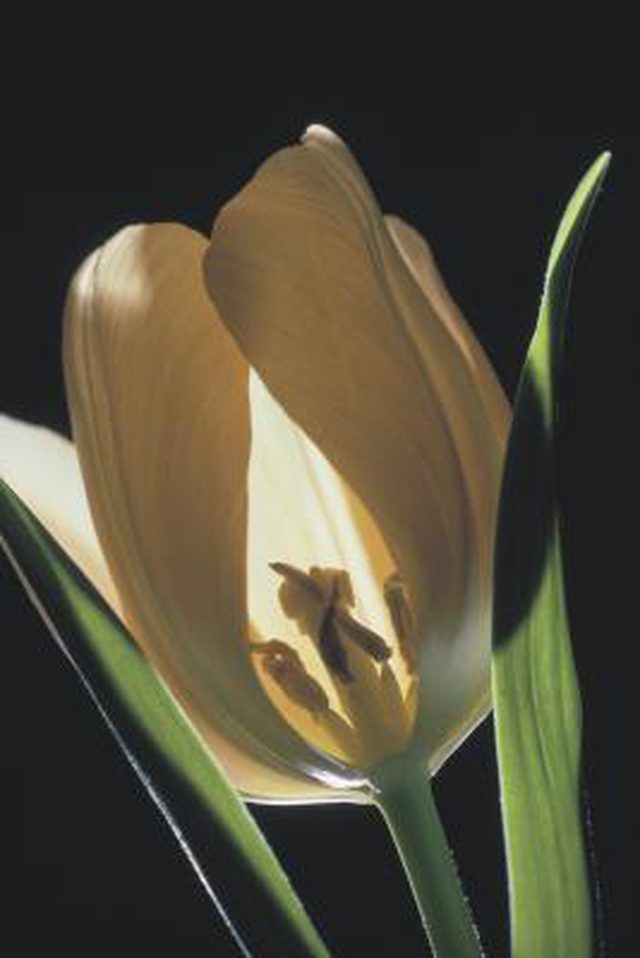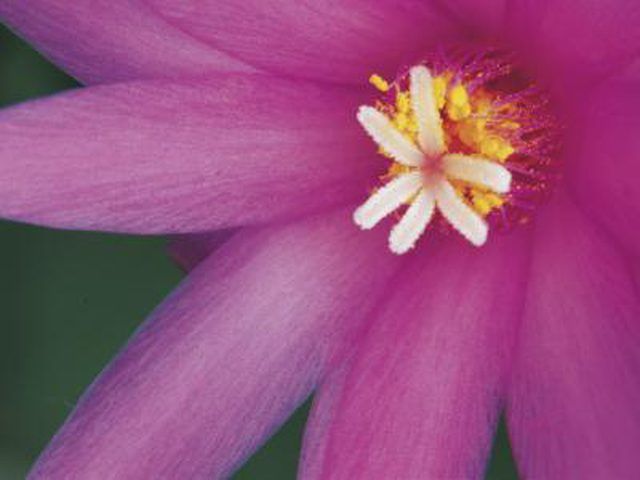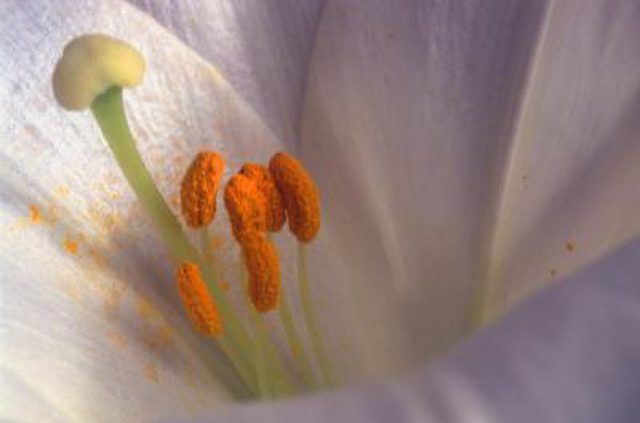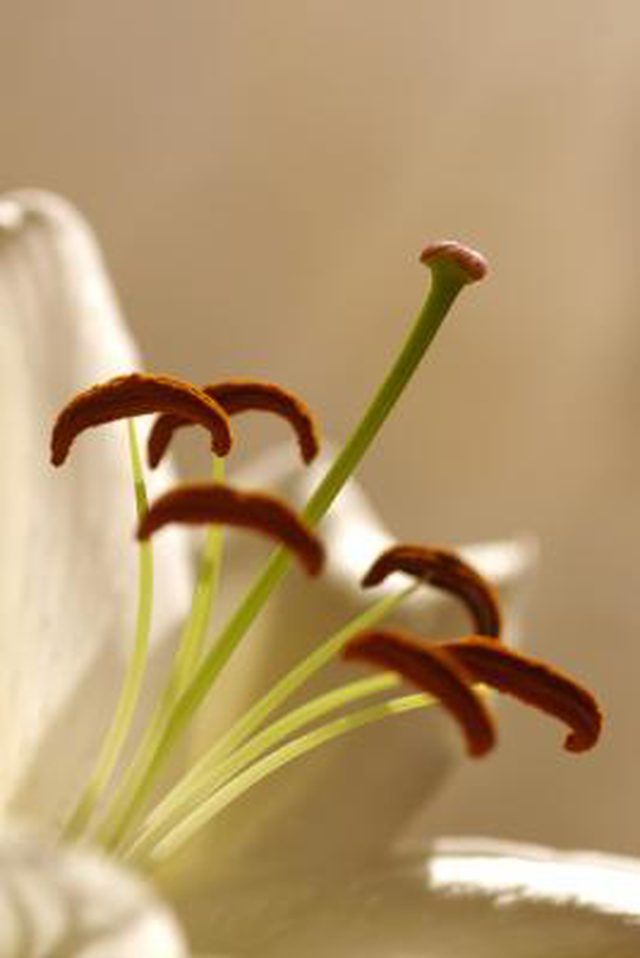Bulbs
Flower Basics
Flower Beds & Specialty Gardens
Flower Garden
Garden Furniture
Garden Gnomes
Garden Seeds
Garden Sheds
Garden Statues
Garden Tools & Supplies
Gardening Basics
Green & Organic
Groundcovers & Vines
Growing Annuals
Growing Basil
Growing Beans
Growing Berries
Growing Blueberries
Growing Cactus
Growing Corn
Growing Cotton
Growing Edibles
Growing Flowers
Growing Garlic
Growing Grapes
Growing Grass
Growing Herbs
Growing Jasmine
Growing Mint
Growing Mushrooms
Orchids
Growing Peanuts
Growing Perennials
Growing Plants
Growing Rosemary
Growing Roses
Growing Strawberries
Growing Sunflowers
Growing Thyme
Growing Tomatoes
Growing Tulips
Growing Vegetables
Herb Basics
Herb Garden
Indoor Growing
Landscaping Basics
Landscaping Patios
Landscaping Plants
Landscaping Shrubs
Landscaping Trees
Landscaping Walks & Pathways
Lawn Basics
Lawn Maintenance
Lawn Mowers
Lawn Ornaments
Lawn Planting
Lawn Tools
Outdoor Growing
Overall Landscape Planning
Pests, Weeds & Problems
Plant Basics
Rock Garden
Rose Garden
Shrubs
Soil
Specialty Gardens
Trees
Vegetable Garden
Yard Maintenance
How to Distinguish Between the Pistil & the Stamen of a Plant
How to Distinguish Between the Pistil & the Stamen of a Plant. A plant's pistils and stamens can be found within its flowers, which are responsible for reproduction. Plants sexually reproduce, using stamens to provide sperm and pistils to provide eggs. Though some flowers contain both pistils and stamens, and so are hermaphroditic, many plants...

A plant's pistils and stamens can be found within its flowers, which are responsible for reproduction. Plants sexually reproduce, using stamens to provide sperm and pistils to provide eggs. Though some flowers contain both pistils and stamens, and so are hermaphroditic, many plants produce flowers that are either male or female. To get fruit and seeds, a gardener must have both male and female flowers available. Being able to recognize a hermaphroditic flower; a male, stamen-bearing flower; and a pistil-bearing female flower can guide a gardener's planting choices.
Things You'll Need
Small, sharp knife
Count the number of flower parts, starting from the petals and moving to the inside of the flower. These parts are always arranged in concentric circles or whorls, in the same order. Male and female flowers have two whorl groups, while hermaphrodites have three: a ring of petals, a ring of stamens, and a pistil or pistils at the very center.

Look for stamens, which form the same way no matter the flower. Finding the stamens is easy in hermaphrodites, since they occupy the whorl between petals and pistil. If the flower has only two parts, determine stamens by appearance. Every stamen possesses a fine, sometimes threadlike filament that serves as a sort of stem with an anther at the top. The anther is a globular or rounded oval structure, sometimes lobed, where pollen is manufactured.

Look for the pistil. Pistils show more variation in appearance than do stamens, but all contain an ovary at a widened base. This gives many pistils a shape like a corked wine bottle or bowling pin. Look for three pistil parts: the ovary at the bottom, the stigma at the top, and a style in between -- connecting the ovary and stigma.

Cut the flower in half, if you still can't distinguish stamen from pistil. Bisect the flower vertically, starting at base of the flower. Look for the tell-tale swollen base of a pistil -- the ovary -- in the center-most flower whorl. If you don't find an ovary, you must be looking at stamens and the flower is a male.

Tips & Warnings
Female flower parts are also properly known as carpals, which are often fused into one pistil. Many flowers feature this singular pistil at the center of the blossom, rather than separate carpals.
Another way to describe a hermaphroditic flower is to call it androgynous. Such flowers are known as perfect flowers, since they contain everything needed to reproduce.
Besides stamens, pistils and petals, flowers may possess a sepal -- located between the stem and petals. Sepals look something like leaves and enclose a flower before it blooms. Complete flowers have all four flower parts.